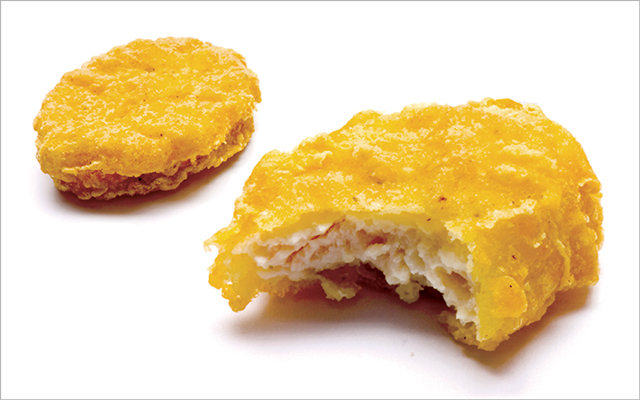We’ve all cooked up a handy box of mac and cheese at some time — it’s been many a kid’s favorite meal since the Kraft company first introduced its Kraft Dinners in 1937. Quick, easy, and inexpensive, it’s a go-to option for many parents.
Today, consumers buy more than 2 million boxes of all brands of mac-and-cheese dinners every day. So, when a recent study revealed phthalates in the popular dinners’ powdered cheese, we explored other possible concerns with the boxed meals. Here’s what we discovered.
Processed-cheese products: A 2017 study found phthalates in all 10 types of mac-and-cheese dinners tested, including organic offerings. Phthalates are a plastic-softening agent and solvent; they are known male-hormone disrupters and are linked to neurodevelopmental and behavioral problems in children, including aggression, hyperactivity, and cognitive delays. The cheese likely absorbs the phthalates during manufacturing.
Dye job: Mac-and-cheese dinners have long been tinted with artificial food colorings — dyes that require warning labels in European Union countries. Following public pressure in the United States, Kraft replaced artificial dyes with natural ones in 2016, but other brands still use them. Research has tied artificial colorings to hyperactivity and aberrant behavior, including ADHD.
Sugar and carbs: A 1-cup serving is sweetened with 5–7 grams, or up to nearly 2 teaspoons, of sugar — part of the overall 46 grams of carbs in the pasta, which make up 16 percent of the daily recommended allowance. So a typical bowl of mac and cheese provides a hefty glycemic load (about a third of the recommended daily allowance).
Salt — and more salt: After processed cheese, the predominant flavor here is salt. Mac-and-cheese dinners have 570–730 mg of sodium, about a third of the U.S. recommended daily limit of 2,400 mg — and in just a 1-cup serving. Studies link excess sodium to numerous health issues. According to the Centers for Disease Control and Prevention, nearly nine out of 10 kids eat up to 50 percent more salt than recommended.
Enriched macaroni product: The first ingredient in mac and cheese is pasta. In nonorganic brands, beware of GMO wheat flour, which can contain glyphosate residue, a herbicide California regulators recently classified as a carcinogen. Gluten-free versions are also available. Either way, most pastas are light on nutrients and heavy on carbs.
What’s missing? Beyond carbs, fat, and protein, the only nutrients these mac-and-cheese products offer are added — and they’re usually synthetic. Plus, the dish contains no whole foods.




This Post Has 0 Comments